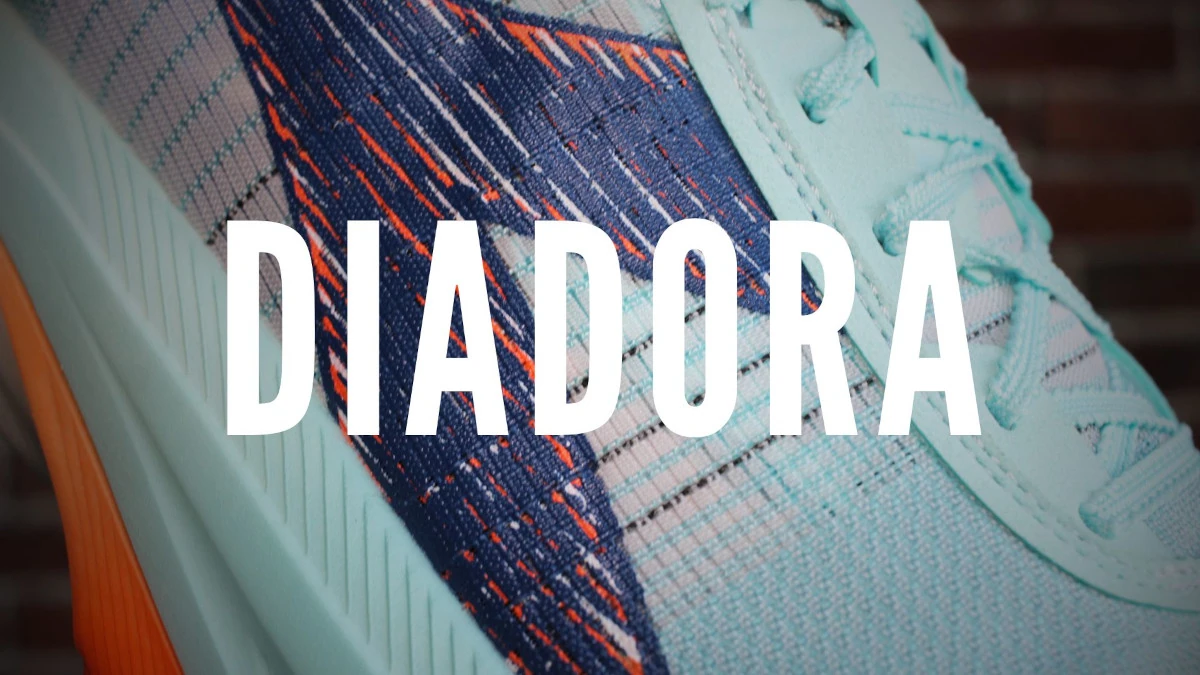Do you run on hard surfaces and then in the woods? Or vice versa? It’s like trying to drive a car on a racetrack and off-road—it’s possible, but something will suffer. In this article, we break down the basic components of trail running shoes and hard surface running shoes. How do they differ? What should you look for? Is there a happy medium for runners who want to combine both types of running? We’ll help you choose the right shoes to keep your feet happy, no matter the surface.
One Shoe to Rule Them All? Not Really
Ideally, one pair of shoes would be suitable for all environments, including street marathons and mountain trails. Unfortunately, such versatility does not exist. It’s important to understand that trail running shoes and hard surface running shoes have different requirements. The former protect your feet and provide traction on difficult terrain, while the latter are more breathable, lighter, and faster, and usually have better cushioning.
The main differences between these two types of shoes are illustrated in the table below. It’s also worth noting that not all trail running shoes (or hard surface shoes) have all the characteristics mentioned, but most have the majority of them. This is due to the tasks we set for this particular type of footwear.
| TRAIL RUNNING SHOES | ROAD RUNNING SHOES |
|---|---|
| Upper with lots of reinforcements | Breathable upper |
| Higher and grippier outsole | Flat outsole made of durable rubber |
| Rock plate | No rock plate |
| Good cushioning | Very good cushioning |
| Neutralny | Neutral or stabilizing |
| Heavy | Lightweight |
| More common in darker colors. | In various colors |
Reinforced Upper vs Breathable Mesh
The primary function of trail shoes is to protect the feet from the elements. This includes mud, as well as stones and sticks. That is why trail running shoe uppers are usually thicker and have more plastic elements and less technical mesh. They also often have an additional rubber “bumper” on the toe to protect it. These uppers are less breathable, but more durable.
Shoes for running on asphalt roads are the opposite. Their uppers have little reinforcement and are often made of thin knitted fabric. Reinforcements are added only occasionally. Such reinforcements are unnecessary in shoes that do not have to deal with mud and stones. What matters much more is softness, comfort, and breathability. We most often run on sun-drenched roads in asphalt shoes. The same applies to street races.

Trail-Ready Tread vs Road-Friendly Outsole
Another difference between these two types of shoes is their traction. In the field, we encounter all kinds of surfaces under our feet, such as mud, stones, sand, snow, and gravel. Trail running shoes should provide safety and traction on these surfaces. That is why the outsole of a trail running shoe is made of softer, stickier rubber. They also have appropriately higher, several-millimeter-long studs that can “grip” loose terrain.
Conversely, shoes for running on hard surfaces do not need to “grip” anything. Furthermore, the high lugs of a trail outsole would hinder running on asphalt. Shoes for running on streets have flatter outsoles with fewer grooves and cuts to ensure greater contact with the ground. Additionally, shoes for running on asphalt have outsoles made of more durable rubber than trail shoes. This is because asphalt is a harder, more abrasive surface than dirt trails. The shoe must be able to withstand this.

With or Without a Rock Plate
A common feature of trail shoes, especially those designed for rocky terrain, is the presence of a “rock plate.” This plate is made of plastic (non-carbon) and is stiffer and harder than the surrounding foam. Its purpose is to disperse the point pressure that can result from stepping on a sharp rock. The plate distributes the pressure over a larger area, making running on stones more comfortable.
This solution is unnecessary in shoes designed for running on flat, hard surfaces. Rock plates are not used. If plates are found in running shoes designed for hard surfaces, they usually serve a different purpose: to increase elasticity and make the shoe “faster.” This is most often achieved with carbon fiber plates.

Good Cushioning vs Great Cushioning
Broadly speaking, trail running shoes tend to be slightly less cushioned than traditional running shoes. However, this difference is decreasing every year thanks to maximalist shoes such as the Hoka Speedgoat or Brooks Caldera. This is because a trail running shoe does not necessarily need a lot of cushioning. While cushioning is recommended for ultras, high cushioning can cause stability problems in uneven terrain and can also disturb or even eliminate the feel of the ground. Therefore, a trail running shoe does not necessarily need the highest level of cushioning.
On hard surfaces, however, it’s different. Here, the risk of instability from very high cushioning is much lower. The surface is harder, and high cushioning makes running on it more comfortable. Manufacturers compete to offer more cushioning, which is often equated with comfort.
This is evident in the blog’s figures. On the blog, I rate and classify cushioning on a scale from 1 to 6, similar to a school grading system. Trail running shoes have an average cushioning rating of 4.04, considered good. Hard surface running shoes have an average rating of 4.46, which falls between “good” and “very good.”

Neutral Cushioning vs Added Support
Another difference stems from the unique nature of movement on uneven surfaces. When running on uneven ground, such as over stones and rocks, our feet can land at different angles and in different positions with each step. This is why the traditional pronator stabilization systems in trail shoes are ineffective. Almost all shoes are neutral, except for a few brands that have stabilization for overpronators in their lineups. They lack overpronation support systems. This does not mean that trail shoes are unstable. They are stable, but they do not have “stabilization for overpronators” because it is ineffective.
When running on hard surfaces, the movement is repetitive. Underfoot, there are tens of thousands of kilometers of flat, undisturbed pavement. In these conditions, our feet work the same way with every step. The movement is painfully repetitive. In this case, overpronation stabilization systems in the midsole somewhat stabilize the foot. This is why we distinguish between neutral and stabilizing running shoes. The choice depends on your foot type.

Heavy vs Light
Trail running shoes are usually more “armored” and therefore heavier. According to the principle that “every little bit counts,” each element that reinforces the upper adds weight, and trail shoes become heavier. On average, a size 12 US trail running shoe weighs 342 grams.
However, on hard surfaces, the “armor” of the shoe is not useful. Lightness is more important because of the repetitive motion that occurs on hard surfaces; every gram can matter. On average, a hard surface running shoe in size 12 US weighs 316 grams.

Dark Colors vs Light Colors
I will save the visual aspect for last because that is how it should be treated. Additionally, its significance diminishes with each passing year. However, it’s true that it’s easier to find trail running shoes in dark colors than light ones. Of course, this is not a hard and fast rule, and you can easily find red trail shoes. However, shoes will get dirty in the field anyway, so dark colors are more practical. There are also more of them.
On hard surfaces, there are fewer shades of black and gray, but they are still present because black and gray are probably the safest and most practical colors. However, black and gray are not the only options because street shoes come in a wide range of colors. Not to mention, you can easily find many very bright models.




